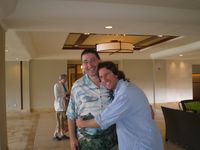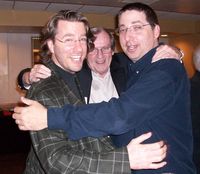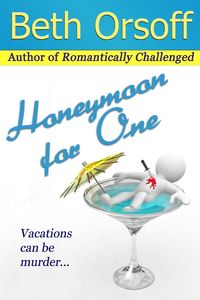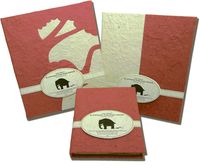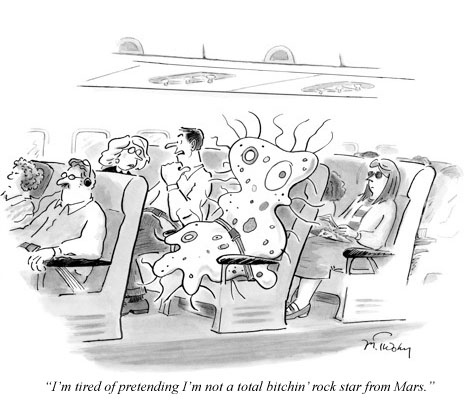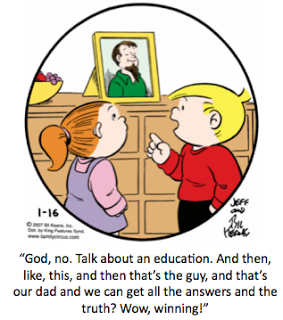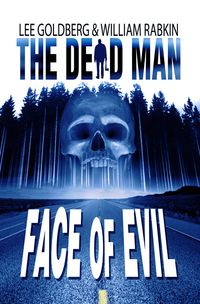The news this week that Barry Eisler snubbed a $500,000 publishing deal to self-publish and that self-pub phenom Amanda Hocking is negotiating a $1 million+ deal with a publishing company has created a lot of discussion among authors, agents, editors and pundits. Even Hocking herself has weighed in with her reasoning:
I'm writer. I want to be a writer. I do not want to spend 40 hours a week handling emails, formatting covers, finding editors, etc. Right now, being me is a full time corporation. As I said before in my post – Some Things That Need to be Said – I am spending so much time on things that are not writing.
I like writing. I even like marketing, especially when it comes to interacting with readers. And I don't mind editing. I just don't want to run my corporation, because that takes away from writing and everything else that I actually enjoy doing.
Booksquare offered some interesting analysis, crediting both authors for making shrewd moves based on their unique situations in the publishing universe.
Eisler and Hocking are making the right choices, but, if you were to corner me in a bar and ask me which author is following the right path right now, I’d say Eisler.
He’s taking a riskier path, for sure, and there is no guarantee. His history suggests he has some talent when comes to calculated risks. And while he’s burned some publishing bridges, he also has a track record in the industry.
Hocking, however, is more of a publishing dark horse. She’s done the indie thing amazingly well. I cannot over-emphasize how critical this is, and how well she’s done it. But there is a gap between indie publishing (especially self-publishing, without a lot of professional editorial input) and corporate publishing.
The biggest challenge, and the reason I’m putting my money (virtual because the husband hates it when I bet cat food dollars) on Eisler is that the publisher who signs Amanda Hocking today will likely not have a book on the shelf before 2012, more likely 2013. Note my nouns.
The Hocking zeitgeist is right now. Her audience is right now. Her moment is right now. Can this buzz be sustained a year or more? Can her audience be engaged for that long? Yes, if she’s continually giving them the books they want…at the price point they want.
What's interesting to me is how many editors and pundits still don't see how fast things are changing, in many ways for the better, for writers in this new, digital landscape. The media that covers publishing…Publishers Weekly, Publishers Lunch, The Wall Street Journal, New York Times, etc… seem to be even slower to get this than the publishers are. Some of the coverage of Eisler and Hocking, and the ways the economics, sales, and distribution of self-publishing have changed in the last twelve months, has been totally inept.
